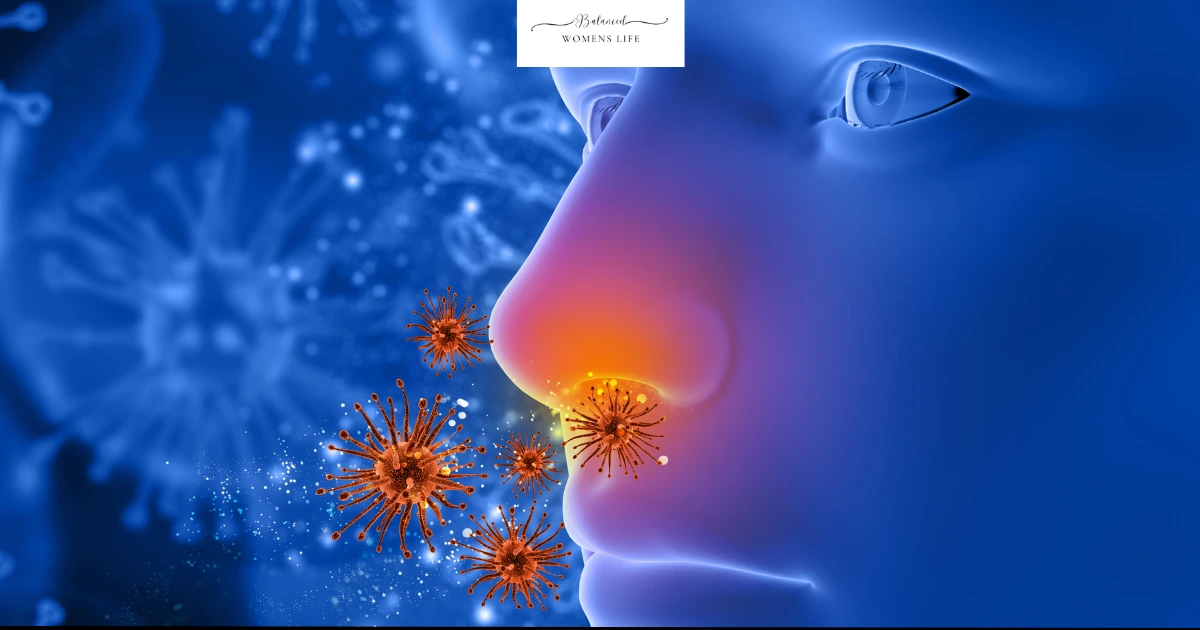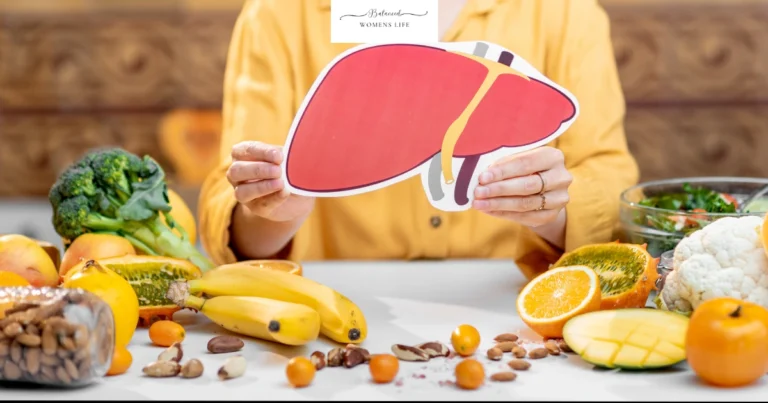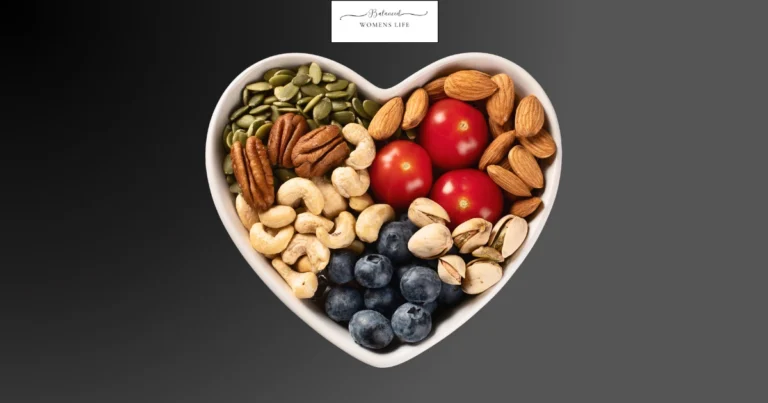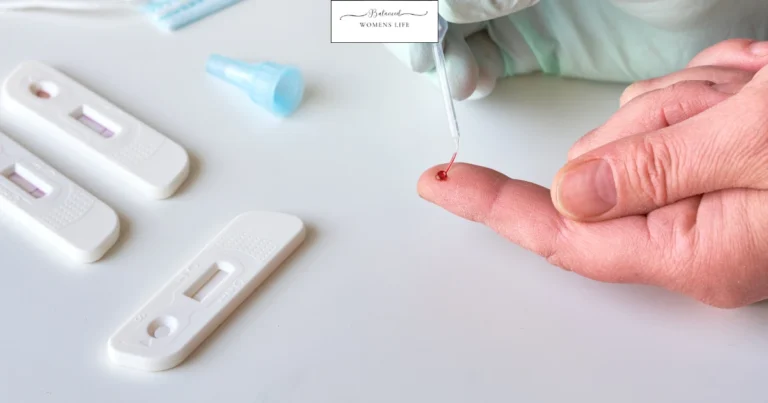Suffer from Gustatory Rhinitis? Discover Why Certain Foods Trigger a Runny Nose
Table of Contents
Do you find yourself reaching for a tissue every time you enjoy a spicy meal or a hot cup of coffee? You might be experiencing gustatory rhinitis, a condition characterized by a runny nose, sneezing, or nasal congestion after eating certain foods1. It’s not an allergy, but a nerve reflex that can be annoying and disrupt your meals1. This article will explore the causes, symptoms, and management of gustatory rhinitis, offering insights into why certain foods trigger this bothersome condition.
Understanding Gustatory Rhinitis
Gustatory rhinitis is a type of non-allergic rhinitis, meaning it’s nasal inflammation not caused by allergens3. It happens when your nose produces too much mucus in response to specific foods or drinks14. The primary symptom is excessive mucus production after consuming trigger foods, leading to a runny nose, nasal congestion, sneezing, and postnasal drip4. Unlike allergic rhinitis, gustatory rhinitis does not involve the immune system14.
What Causes Gustatory Rhinitis?
Several factors can contribute to gustatory rhinitis:
- Trigger Foods: Spicy foods like chili peppers, horseradish, and hot sauces are common culprits1. Hot beverages like tea and coffee, as well as alcohol, can also trigger symptoms1.
- Nerve Stimulation: The overstimulation of nerves in the nose causes glands to release too much mucus1. This is a reflex response triggered by certain foods and drinks1.
- Age-Related Changes: Nasal tissues can become more sensitive with age, making older adults more susceptible to gustatory rhinitis1.
- Underlying Conditions: Existing conditions like chronic rhinitis or structural issues in the nasal passages can worsen gustatory rhinitis symptoms1.
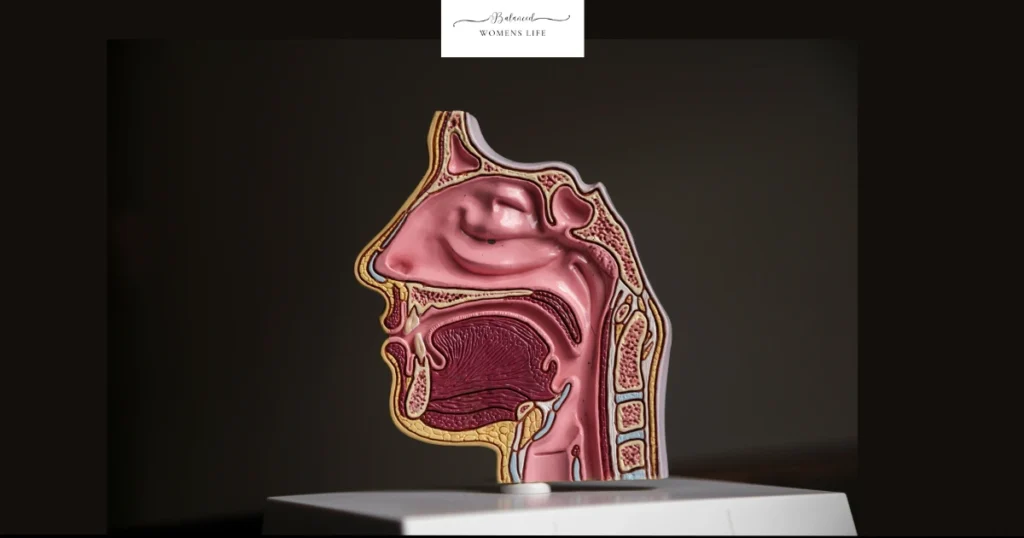
Symptoms of Gustatory Rhinitis
Gustatory rhinitis symptoms typically appear shortly after eating or drinking specific foods or beverages1. These symptoms are usually short-lived but can range from mild to bothersome1. Common symptoms include:
- Runny Nose: A sudden, watery nasal discharge is the most frequent symptom1.
- Nasal Congestion: Some individuals experience a stuffy or blocked nose, making breathing difficult13.
- Sneezing: Sneezing can occur when consuming certain triggers13.
- Postnasal Drip: Mucus drips down the back of the throat, causing discomfort and the need to clear the throat frequently13.
- Increased Symptoms After Specific Foods: Spicy, hot, or strongly flavored foods, as well as alcohol or very hot drinks, often exacerbate symptoms1.
It’s important to distinguish gustatory rhinitis from allergic reactions. Allergic reactions may involve belly pain, dizziness, hives, itchiness inside the mouth or on the body, nausea, swelling, wheezing, trouble breathing or vomiting, symptoms that do not occur in gustatory rhinitis2.
Managing Gustatory Rhinitis
While there’s no cure for gustatory rhinitis, several strategies can help manage the symptoms:
- Avoid Trigger Foods: Identifying and avoiding the foods and drinks that trigger your symptoms is the simplest approach5. Keep a food diary to track what you eat and when your symptoms occur.
- Medications:
- Lifestyle Adjustments:
- Eat smaller meals: Eating smaller portions may reduce the severity of symptoms.
- Stay hydrated: Drinking plenty of water can help thin nasal mucus.
- Use a humidifier: Keeping the air moist can prevent nasal passages from drying out and becoming irritated.
Statistics
While specific statistics on gustatory rhinitis prevalence are limited, it is known to be more common in adults, especially older adults due to increased sensitivity in nasal tissues1.
Table: Comparing Gustatory Rhinitis and Allergic Rhinitis
| Feature | Gustatory Rhinitis | Allergic Rhinitis |
|---|---|---|
| Cause | Nerve reflex triggered by food/drink | Immune response to allergens |
| Symptoms | Runny nose, congestion, sneezing after eating | Sneezing, itchy/runny nose, watery eyes |
| Triggers | Spicy/hot foods, alcohol, hot drinks | Pollen, dust mites, pet dander |
| Immune System | Not involved | Involved |
| Associated Symptoms | None | Itchy eyes, skin rash |
FAQ About Gustatory Rhinitis
Q: Is gustatory rhinitis an allergy?
A: No, gustatory rhinitis is not an allergic reaction13. It’s a type of non-allergic rhinitis caused by a nerve reflex1.
Q: Can gustatory rhinitis be cured?
A: There is no cure for gustatory rhinitis, but symptoms can be managed through avoidance of triggers and other strategies5.
Q: When should I see a doctor about my runny nose after eating?
A: Consult a doctor if your symptoms are severe, persistent, or interfere with your daily life. It’s important to rule out other potential causes of rhinitis1.
Conclusion: Take Control of Your Gustatory Rhinitis
Gustatory rhinitis can be a frustrating condition, but understanding its causes and symptoms can empower you to take control. By identifying your trigger foods, making lifestyle adjustments, and exploring potential treatments, you can minimize the impact of gustatory rhinitis and enjoy your meals without the constant need for a tissue. Don’t let a runny nose dictate your dining experiences – take proactive steps to manage your gustatory rhinitis and savor life’s flavors.

